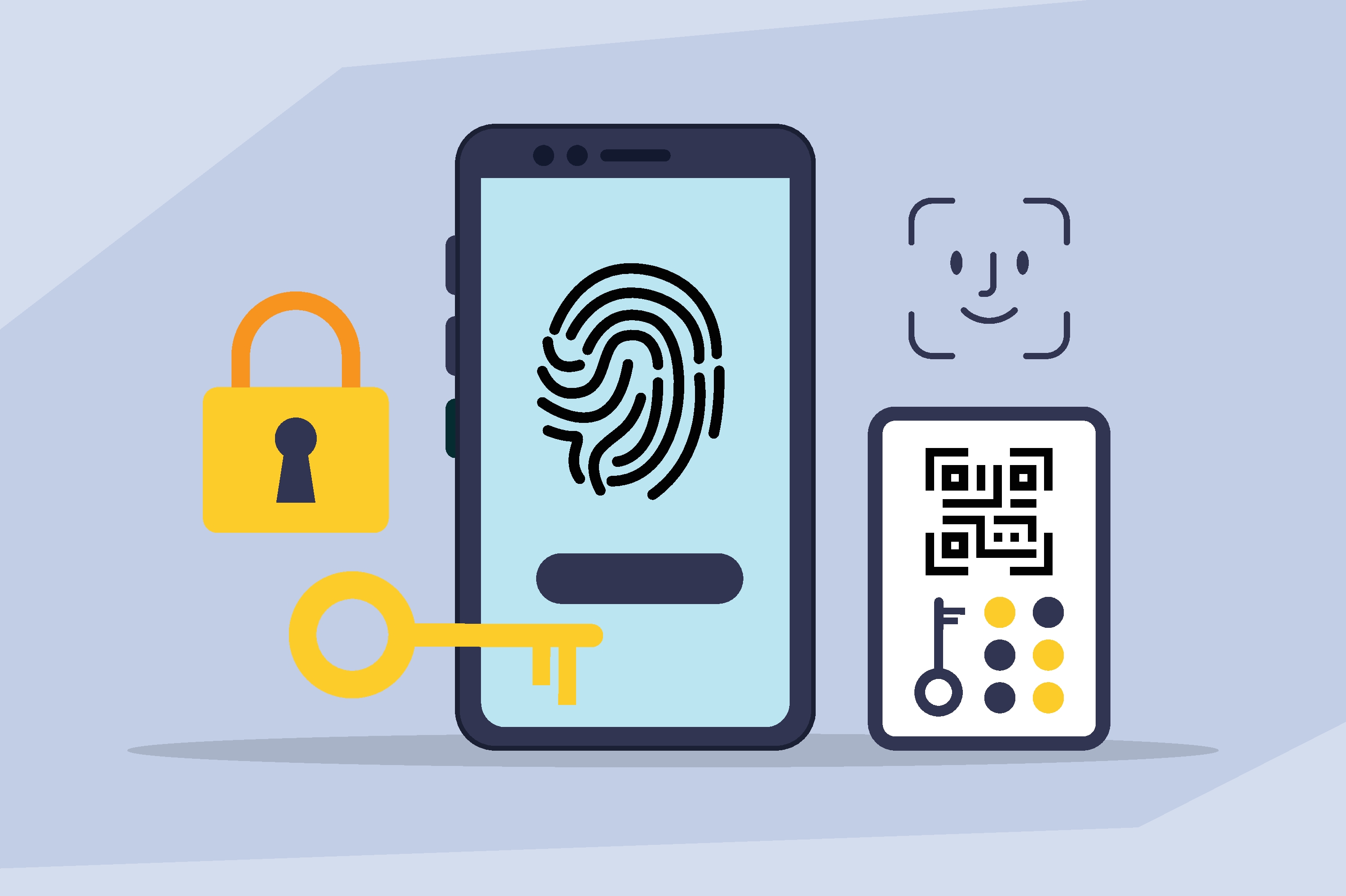4 Cardless Ways of Withdrawing Cash from ATMs

Withdrawing cash from ATMs through our bank-issued debit or credit cards has become as common as using a mobile phone. However, ATMs may soon go the way of the 8-track tape, as companies and banks are devising alternate methods of withdrawing cash from ATMs, one of which is cardless.
Here are four such cardless methods of withdrawing cash from ATMs:
- SMS: Spain’s Banco Sabadell launched an ATM withdrawal service in June 2013 that allows users to withdraw cash from their mobile phones. The user sends a request to the bank and receives a code via SMS. Then the user enters the code into an ATM to withdraw the cash or sends the code to another person’s phone, making it a person-to-person payment system. PKO Bank Polski offers a similar service through their IKO mobile banking app and claims that their service is more secure because of its two-factor PKI authentication method.
- NFC: In early October 2013, Diebold announced the creation of a contactless card reader. The solution, which is available at all financial institutions globally, claims to leverage NFC technology at the ATM, enabling the user interface to read smartphones with NFC and contactless media such as payment cards, tags, stickers, etc. The contactless card contains a chip or processor that can communicate and exchange information with a reader. When the card is placed next to the contactless reader, it is detected through NFC technology.
- Speech: Banco Sabadell claims to have created a banking app for Google Glass. Through this app, Google Glass users can withdraw cash from an ATM through simple voice commands.
- QR Codes: Paydiant and Diebold partnered in August 2013 to launch an MCA solution that operates on a cooperative interaction model between a user and the ATM. A user pre-stages cash withdrawals on their smartphone device. The user walks to an ATM and scans a unique QR code that signals the ATM to dispense cash via an encrypted connection to the cloud. BMO Harris (Chicago), City National (Los Angeles), and Wintrust (Illinois) plan to roll out a similar service by the end of 2014.
Here’s a video uploaded by a user showing a cardless cash withdrawal at an ATM using QR code technology.
Source: Douglas Brown
To learn more about Prove’s Identity solutions and how to accelerate revenue while mitigating fraud, schedule a demo today.

Keep reading
 Read the article: The Death of the OTP: Why Legacy MFA is Failing the Modern Consumer
Read the article: The Death of the OTP: Why Legacy MFA is Failing the Modern ConsumerDiscover why legacy MFA is failing and how Prove Unified Authentication provides a smarter, frictionless alternative. Learn how to replace insecure SMS OTPs with continuous, multi-layered identity assurance that prevents fraud while boosting conversion rates.
 Read the article: Prove Launches ProveX℠, the Internet’s First Digital Trust Exchange
Read the article: Prove Launches ProveX℠, the Internet’s First Digital Trust ExchangeProve launches ProveX, ProveX, a new digital trust exchange that enables enterprises to instantly access verified data and credentials from partners, while preserving trust through every interaction
 Read the article: Beyond the OTP: Why SMS-Based 2FA Is Failing and What Comes Next
Read the article: Beyond the OTP: Why SMS-Based 2FA Is Failing and What Comes NextExplore the classic conflict between security measures and user friction.













